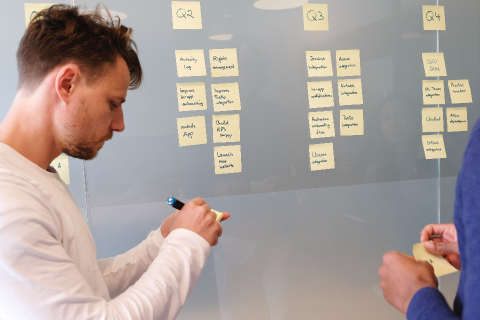Chief Inspectorate of Environmental Protection in Poland


Task
The Chief Inspectorate of Environmental Protection issues a report on the state of the environment every four years. Relevant legislation states that the reports should contain forecasts of approaching changes. The task had previously been carried out only partially due to the complexity of the issue and the resulting methodological challenges. Our objective was to improve the methodology and provide training for the Inspectorate’s employees. We were also asked to enhance the reports by adding information about the upcoming changes within the environment, taking into account the possible social, economic, political and technological modifications.

Solution
The 4CF team drew on years of experience in foresight and analysed the world’s top approaches to environmental reporting and forecasting. As a result, we developed a methodology that utilised DPSIR (drivers, pressures, state, impact and response — a causal framework used to describe the interactions between society and the environment) concept maps to assess possible short- and long-term environmental changes. The methodology was tested in the course of a pilot workshop for the Inspectorate’s employees. Finally, we compiled a handbook and trained the Inspectorate’s team to use the proposed methods.

Effect
The client learned how to effectively incorporate the complex environmental changes, their speed, dynamics and uncertainty into periodic status reports. Thus, future reports will constitute a valuable diagnosis of the status quo and will also become an essential factor in shaping informed strategies: plans that consider the future consequences of today’s decisions and scenarios of change. They will also present environmental assessments in the context of socio-economic issues. Furthermore, 4CF experts enabled the client to simulate the multi-stage process described in the aforementioned handbook. Thus, the Inspectorate obtained the practical knowledge necessary to utilise the methodology and enhance its employees’ long-term planning skills.
To read the study, follow this link.
